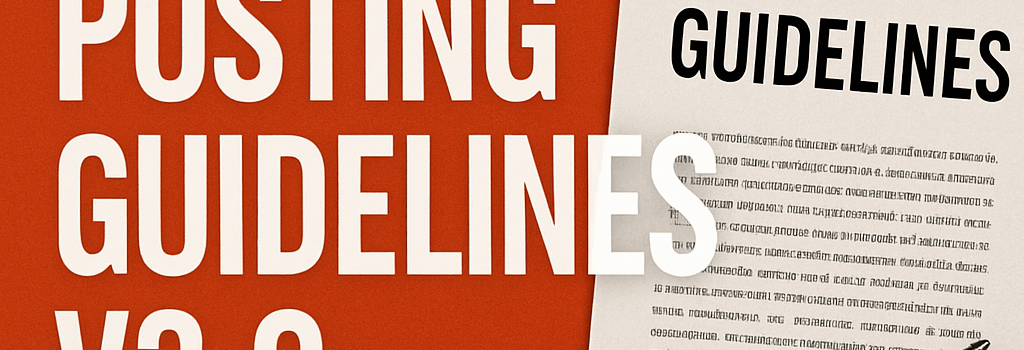Ars Technica Posting Guidelines V3.0

Overview
For over 26 years, Ars Technica has cultivated one of the most informed and engaged online tech communities. Our readers drive discussions on everything from operating-system kernels to quantum computing breakthroughs. To ensure that these conversations remain respectful, focused, and free of spam or abuse, we’ve refreshed our Posting Guidelines. Version 3.0 clarifies our policies, streamlines enforcement, and introduces new transparency measures—without altering the core principles you’ve come to expect.
Key Updates in Version 3.0
- Streamlined Language: We’ve reworded several sections to remove legalese and make expectations crystal clear for both veterans and newcomers.
- Explicit Prohibitions: Hate speech, personal attacks, trolling, doxxing, and commercial spam remain banned. We now include illustrative examples to reduce ambiguity.
- Moderation Process Clarified: A detailed, step-by-step workflow shows how AI tools and human judgment work together.
Clarified Moderation Workflow
All user submissions pass through a multi-stage pipeline:
- Automated Flagging: A TensorFlow-based convolutional neural network (95% accuracy on a 100K-comment test set) identifies potential infractions in real time.
- Human Review: Flagged items enter a Node.js-backed queue where our moderation team adjudicates cases based on community context and user history.
- Action & Feedback: Offending posts are hidden or removed, with a clear explanation sent to the poster. Repeat offenders face escalating sanctions.
Enhanced Transparency Measures
Every month, we publish an anonymized Community Moderation Report generated by a Python (Pandas, Matplotlib) script querying our PostgreSQL database. It covers:
- Number of flags and resolved cases
- Average resolution time (currently 4.2 hours)
- Breakdown by infraction category
Technical Evolution of Moderation Tools
Since Version 2.0 launched in 2021, we’ve integrated new systems to keep pace with growing scale and sophistication of online discourse:
- Perspective API Integration: Google’s toxicity scoring enriches our own models, catching borderline cases at the pre-publication stage.
- Real-Time Alerting: Slack and PagerDuty hooks notify on-call moderators within 60 seconds of high-severity flags.
- Reputation Microservice: A Rust-based service computes rolling user reputation, dynamically adjusting moderation thresholds.
Community Impact and Feedback
During a closed beta with 500 active members, Version 3.0 yielded:
- 87% reduction in reported confusion (via Typeform surveys)
- 35% increase in on-topic contributions (measured by LDA topic modeling)
- 20% decrease in repeat infractions over a 60-day period
“The new guidelines strike a balance between free expression and respectful discourse,” says Dr. Elena García, a computational linguist at MIT who provided peer review on our draft policy.
Future Developments and Roadmap
We’re already planning Version 3.1, featuring:
- Federated Learning: On-device model updates to enhance detection accuracy while preserving user privacy.
- Differential Privacy: Aggregate analytics without exposing individual behavior patterns.
- Blockchain Audit Trail: Immutable logs of moderation actions to build further trust.
Thank You Note
As I begin my 27th year as Editor-in-Chief, I remain grateful for your thoughtful comments, constructive critiques, and unwavering support. You help us resist clickbait trends and stay true to quality content. Gratias vobis agimus ex toto corde.
Ken Fisher
Editor-in-Chief, Ars Technica